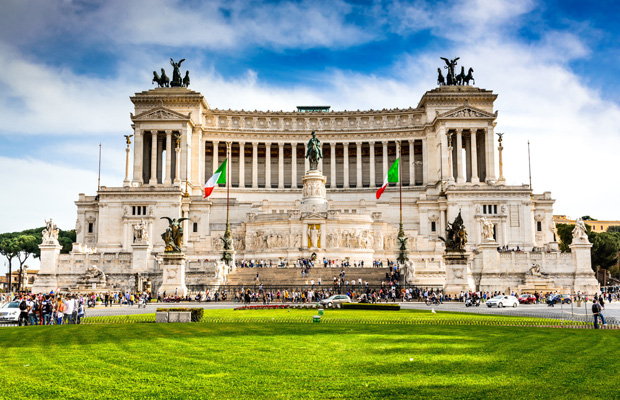Altar of the Fatherland
Altar of the Fatherland
Italy
Rome
Rome Travel Guide
Book Tour & Activities
Your tour in Rome.
Book your stay
Your hotel in Rome.
Overview
The Victor Emmanuel II National Monument or Vittoriano, called Altare della Patria, is a national monument built in honour of Victor Emmanuel II, the first king of a unified Italy, located in Rome, Italy.
The Victor Emmanuel II National Monument or Vittoriano, called Altare della Patria, is a national monument built in honour of Victor Emmanuel II, the first king of a unified Italy, located in Rome, Italy. It occupies a site between the Piazza Venezia and the Capitoline Hill. It is currently managed by the Polo Museale del Lazio and is owned by the Ministry of Cultural Heritage and Activities. From an architectural perspective, it was conceived as a modern forum, an agora on three levels connected by stairways and dominated by a portico characterized by a colonnade. The complex process of national unity and liberation from foreign domination carried out by King Victor Emmanuel II of Savoy, to whom the monument is dedicated, has a great symbolic and representative value, being architecturally and artistically centred on the Italian unification—for this reason the Vittoriano is considered one of the national symbols of Italy. It also preserves the Altar of the Fatherland, first an altar of the goddess Rome, then also a shrine of the Italian Unknown Soldier, thus adopting the function of a lay temple consecrated to Italy.
History
After the death of Victor Emmanuel II of Savoy on January 9, 1878, many initiatives were destined to raise a permanent monument that celebrated the first king of a united Italy, creator of the process of unification and liberation from foreign domination, which is indicated by historiography as "Father of the Fatherland" also due to the political work of the President of the Council of Ministers of the Kingdom of Sardinia Camillo Benso, Count of Cavour and to the military contribution of Giuseppe Garibaldi. The goal was therefore to commemorate the entire Italian unification season ("Risorgimento") through one of its protagonists.
For this purpose, the Italian government approved the construction of a monumental complex on the Northern side of Rome's Capitoline Hill. The monument would celebrate the legacy of the first king of a united Italy and would become a symbol of national patriotism. The project was realized by Giuseppe Sacconi in 1885, in an eclectic style.
The project by Giuseppe Sacconi was inspired by the Hellenistic sanctuaries, such as the Pergamon Altar and the Sanctuary of Fortuna Primigenia in Palestrina.[8] The Vittoriano was conceived as a vast and modern forum[9] open to citizens, situated on a sort of elevated square in the historic centre of Rome organized as an agora on three levels connected by tiers, with conspicuous spaces reserved for strolling visitors.
To erect the Vittoriano it was necessary, between the last months of 1884 and 1899,[3] to proceed with numerous expropriations and extensive demolitions of the buildings that were located in the construction area.[3] The place chosen was in the heart of the historic centre of Rome and was therefore occupied by ancient buildings arranged according to urban planning that dated back to the Middle Ages.[13] This was considered necessary because the Vittoriano should have been built in the heart of the historic centre of Rome, in a modern urban context, in front of a new large square (the future Piazza Venezia), which at the time was just a narrow open space in front of Palazzo Venezia.
The general objective was also to make Rome a modern European capital that rivaled Berlin, Vienna, London and Paris overcoming the centuries-old pontifical town planning. In this context, the Vittoriano would have been the equivalent of the Brandenburg Gate of Berlin, the Admiralty Arch of London and the Opéra Garnier of Paris; these buildings are all united by a monumental and classical aspect that metaphorically communicates pride and the power of the nation that erected them.
It would then become one of the symbols of the new Italy, joining the monuments of ancient Rome and those of the popes' Rome.[8][10] Having then been conceived as a large public square, the Vittoriano, in addition to representing a memorial dedicated to Victor Emmanuel II, was invested with another role—a modern forum dedicated to the new free and united Italy.
Established Italian sculptors, such as Leonardo Bistolfi, Manfredo Manfredi, Giulio Monteverde, Francesco Jerace, Augusto Rivalta, Lodovico Pogliaghi, Pietro Canonica, Ettore Ximenes, Adolfo Apolloni, Mario Rutelli and Angelo Zanelli, made its sculptures nationwide. It was inaugurated on June 4, 1911, and completed in 1935.[11] The partly completed monument was inaugurated on June 4, 1911, on the occasion of the Turin International world's fair and the 50th anniversary of Italian unification. Construction continued throughout the first half of the 20th Century; in 1921 the body of the Italian Unknown Soldier was placed in the crypt under the statue of goddess Roma, and in 1935, the monument was fully completed amidst the inauguration of the Museo Centrale del Risorgimento Italiano.
The decision to include an altar dedicated to the homeland in the Vittoriano was taken by Giuseppe Sacconi only after the planning phase, during the construction of the monument.The place and the dominant subject were immediately chosen, being a large statue of the goddess Rome that would have been placed on the first terrace after the entrance to the monument, just below the equestrian statue of Victor Emmanuel II.[8] Thus, the Altar of the Fatherland, at least initially and before the burial of the body of the Unknown Soldier, was thought of as a chapel of the deity.[3] In this way, the greatness and majesty of Rome was celebrated, elected to the role of legitimate capital of Italy. Within the Vittoriano are numerous artistic works that recall the history of ancient Rome.
After the First World War the Vittoriano was chosen to house the tomb of the Unknown Soldier, or the burial of an Italian soldier who died during the First World War whose identity remains unknown due to the serious injuries that made the body unrecognizable, which represents all the Italian soldiers who died during the wars. The reason for his strong symbolism lies in the metaphorical transition from the figure of the soldier to that of the people and finally to that of the nation. This transition between increasingly broader and generic concepts is due to the indistinct traits of the non-identification of the soldier.
The Vittoriano was thus consecrated to a wide symbolic value representing a lay temple metaphorically dedicated to a free and united Italy—celebrating by virtue the burial of the Unknown Soldier (the sacrifice for the homeland and for the connected ideals).
With the rise of Fascism in 1922, the Vittoriano became the setting for the military parades of the authoritarian regime of Benito Mussolini. After World War II, with the institution of the Italian Republic in 1946, the monument was stripped of all its Fascist symbols and reassumed its original function as a secular temple dedicated to the Italian nation and its people.[8] Throughout the second half of the 20th century, however, its significance as a symbol of national identity started to decline as the public opinion started to perceive it as a cumbersome relic representing a nation superseded by its own history.[2] At the turn of the 21st century, Italy's President Carlo Azeglio Ciampi pushed for a revaluation of national symbols of Italy, including the Vittoriano.
Address: Piazza Venezia, 00186 Roma RM, Italy
Construction started: 1885
Alternative names: "Mole del Vittoriano"; "Il Vittoriano"; "Altare della Patria"
Architects: Giuseppe Sacconi, Gaetano Koch, Ettore Ferrari, Manfredo Manfredi, Pio Piacentini
Video Travel Inspiration
See Altar of the Fatherland on Map
Most Popular Cities

Siem Reap
Cambodia
Ho Chi Minh City
Vietnam
Beijing
China
Paris
France
London
United Kingdom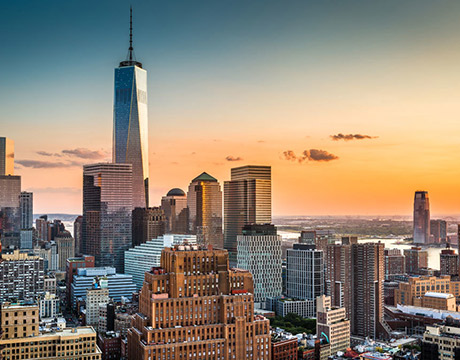
New York
USA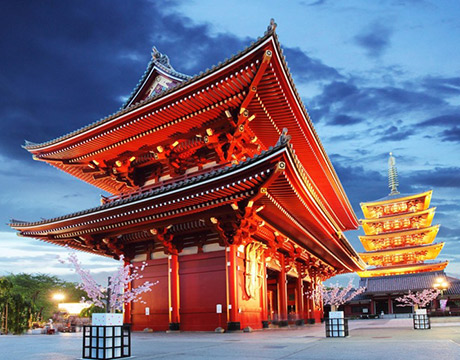
Tokyo
Japan
Bangkok
Thailand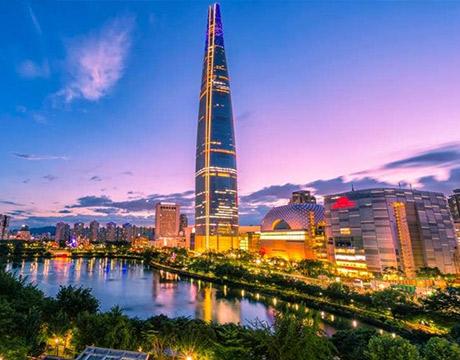
Seoul
South Korea
Vientiane
Laos
Yangon
Myanmar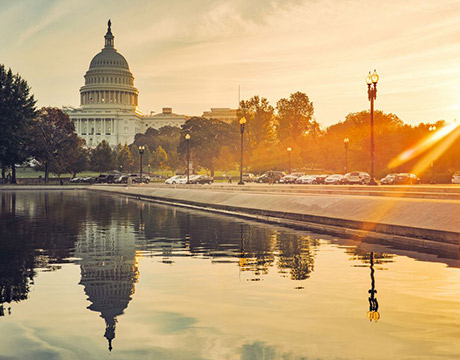
Washington DC
USA
Los Angeles
USA
Ottawa
Canada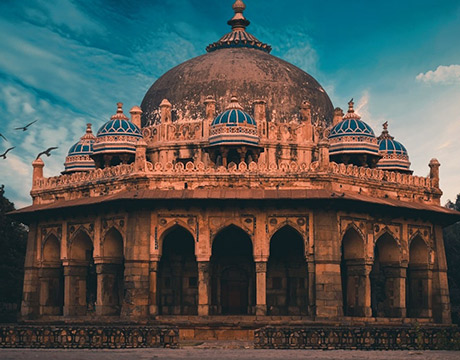
New Delhi
India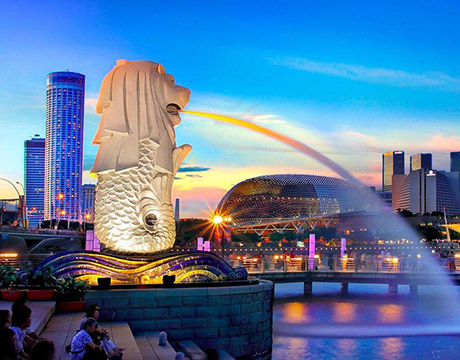
Singapore
Singapore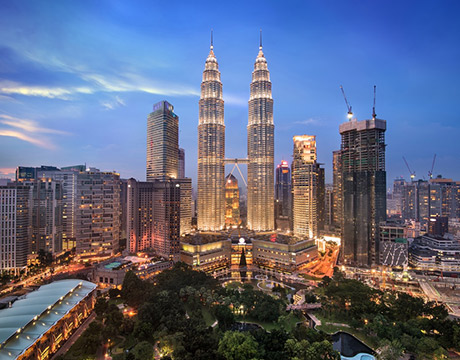
Kuala Lumpur
Malaysia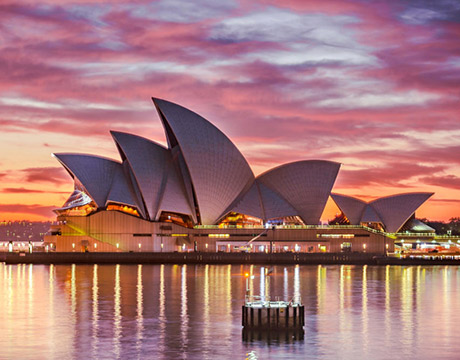
 English
English French
French Khmer
Khmer Thai
Thai Vietnamese
Vietnamese Chinese
Chinese Korean
Korean German
German Japanese
Japanese Italian
Italian Russian
Russian Spanish
Spanish Dutch
Dutch Indonesian
Indonesian Malay
Malay
